
From Local Language School to Online Sensation in Canada
Good day, fellow business owners and online marketers! Today, I want to share with you my personal journey of transforming a humble language school’s online presence, boosting our website traffic by a staggering 300% within just 6 months. This isn’t just theory; these are real-world steps backed by my hands-on experience and lessons learned along the way. If you’re running an online business, or specifically a language school like I was, you’ll find actionable insights here that can dramatically improve your digital marketing game. And yes, if you’re based in Canada, you’ll relate even more closely to some of the strategies I used.
Setting the Stage: Understanding the Starting Point
When I first embarked on this journey, my language school was primarily local, catering to a modest crowd of eager learners in my city. Our website was functional but lacked vibrancy and, most importantly, traffic. Despite having highly qualified teachers and a structured curriculum, we were barely visible online, competing against established players.
Analysing our initial web statistics revealed:
- About 500 monthly visitors
- A bounce rate above 70%
- Minimal engagement on blog posts and no consistent social media strategy
Clearly, something had to change.
Step 1: Conducting a Thorough SEO Audit
The first action was to perform a detailed SEO audit. I used free and premium tools—Google Analytics, Google Search Console, SEMrush, and Ahrefs—to get a holistic view. The audit highlighted key issues:
- Poor keyword targeting with irrelevant or overly competitive keywords
- Slow page load times, especially on mobile
- Lack of quality backlinks
- Thin content with little depth
To address these, I prepared an SEO roadmap focusing on both technical fixes and content development.
Technical SEO Fixes
- Website Speed Optimization: I reduced image sizes, leveraged browser caching, and minimized JavaScript to cut load times from over 5 seconds to under 2.5 seconds on mobile.
- Mobile Usability: The website was redesigned to be fully responsive, considering that over 60% of visitors accessed via smartphones.
- Structured Data and On-site Enhancements: Implemented schema markup to help search engines better understand our pages.
Step 2: Keyword Research – Finding the Right Audience in Canada
Targeting the right audience is the cornerstone of any successful digital marketing plan. I focused on keywords with strong search intent and reasonable competition in the Canadian market. Some examples included:
- "English language classes Toronto"
- "French immersion courses Canada"
- "Best language school near me"
Using tools like Ubersuggest and the Google Keyword Planner, I narrowed down a list of terms with about 2,000 to 5,000 monthly global searches but less than 40 difficulty score. This helped drive targeted traffic more likely to convert into enrolled students.
Step 3: Creating Valuable and Engaging Content
Once keywords were selected, content was king. But it had to be engaging, informational, and culturally tuned to Canadian learners and their unique needs. Here’s how I approached it:
- Blog Posts: Written in friendly and conversational tones, topics included “How to Choose the Right Language Course in Canada” and “Tips for Mastering French Canadian Pronunciation.”
- Videos: We produced short tutorials and testimonials capturing the vibrancy of our classes.
- Interactive Tools: Introduced a placement test quiz to assist visitors in gauging their proficiency.
Each piece was optimized for SEO with proper headers, internal linking, and call-to-actions (CTAs) encouraging sign-ups.
Step 4: Leveraging Local SEO for Hyper-Targeted Traffic
Because our institute was physical in Canada, local SEO became a game changer. I optimized our Google My Business profile with consistent NAP (Name, Address, Phone) data, encouraging reviews, and posting updates regularly.
Additionally, we secured citations on trusted Canadian directories and partnered with community organizations, enhancing local search footprint.
Step 5: Mastering Social Media and Paid Advertising
Organic reach alone didn’t suffice. We integrated targeted paid campaigns on Facebook and Google Ads aimed at capturing prospective students searching for courses or showing interest in language learning.
Here’s a brief breakdown of our monthly paid campaign investment and results:
| Month | Paid Ad Budget (CAD) | New Website Visitors | Increase (%) |
|---|---|---|---|
| Month 1 | 500 | 1,200 | 140% |
| Month 2 | 700 | 2,000 | 300% |
| Month 3 | 800 | 2,500 | 400% |
With clear conversion tracking set up, these campaigns helped funnel highly qualified leads resulting in increased class sign-ups.
Step 6: Building Community and Partnerships
Networking with Canadian cultural centers and schools allowed us to widen our reach organically. We hosted webinars and collaborated with influencers who could advocate authenticity and value.
Step 7: Monitoring, Testing, and Refining
The journey never truly ends. Every two weeks, I reviewed analytics to spot what was working and what wasn’t. For example, I A/B tested landing page layouts and CTAs, ultimately capitalizing on the high-performing versions.
This iterative process ensured sustained growth and traffic that continues to trend upwards.
Final Thoughts
Growing my language school's website traffic by 300% within half a year was an intense but rewarding process. By honing technical SEO, crafting localized content, harnessing local listings, and mixing in savvy paid campaigns, we carved out a significant competitive edge in the Canadian market.
For entrepreneurs and marketers looking to replicate this success: focus on your audience, invest in quality content, and don’t shy away from analyzing data meticulously. Your website can become your most powerful asset in building a thriving language education business.
Deep Dive: The Content Strategy That Turned Traffic Around
After laying a strong technical foundation and identifying the right keywords, the core engine of our traffic growth became content creation. I vividly recall the early days when the blog section of our site was a ghost town, with no fresh updates and little interaction. To transform this, I adopted a three-pronged content strategy focusing on relevance, value, and engagement.
Relevance: Tapping Into the Canadian Language Learning Landscape
Canada is unique in its official bilingual status, cultural diversity, and immigrant population. I realized the content had to reflect these traits. For example, articles targeted new immigrants looking to improve their English or French proficiency for work and social integration. Topics such as "Navigating Language Barriers When Moving to Toronto" and "Top French Phrases for Canadian Job Interviews" gained traction.
This regional alignment helped increase organic traffic by attracting users specifically searching for Canada-centric language content.
Value: Offering Practical Resources That Attract and Retain Visitors
Merely publishing text articles wasn’t enough. I ensured every piece offered actionable insights:
- Downloadable Guides: For instance, a free PDF titled "10 Crucial Tips to Master English in 30 Days" encouraged visitors to exchange their emails, boosting the mailing list.
- Video Tutorials: Short videos explaining Canadian slang and pronunciation nuances helped boost dwell time on pages.
- Interactive Quizzes: Our online placement test was a referral source itself, integrating gamification with educational value.
Engagement: Encouraging Community Interaction
Engagement was fostered through a comment section and active social media discussions. I personally responded to queries and feedback, building trust and familiarity among our audience.
Scaling Up Social Media: Leveraging Canadian Platforms and Influencers
Besides our website, social media played an essential role. Leveraging platforms popular in Canada like Facebook, Instagram, and LinkedIn, we crafted content targeted at diverse demographics from students to professionals.
Partnerships with Canadian influencers specializing in education and lifestyle amplified our message. For example, hosting Instagram live sessions with language tutors and featuring student success stories made the brand personable.
Organic vs Paid Social: The Balance
While organic reach drives authentic engagement, paid campaigns provided the necessary momentum early on. Our budget allocation was meticulous, prioritizing high-ROI segments such as:
- Retargeting: Ads reminding previous site visitors about upcoming courses.
- Lookalike Audiences: Using Facebook’s tools to find users similar to our best students.
- Seasonal Promotions: Campaigns timed around enrolment periods and cultural events like Canada Day.
Table: Monthly Traffic Growth and Marketing Activities Overview
| Month | Organic Traffic | Paid Traffic | Total Traffic | Key Marketing Activity | Monthly Ad Spend (CAD) |
|---|---|---|---|---|---|
| Month 1 | 800 | 400 | 1,200 | SEO Audit & Website Speed Improvements | 500 |
| Month 2 | 1,200 | 800 | 2,000 | Keyword Optimization & Blog Launch | 700 |
| Month 3 | 1,700 | 800 | 2,500 | Local SEO & Google My Business Optimization | 800 |
| Month 4 | 2,300 | 900 | 3,200 | Paid Social Campaigns & Influencer Partnerships | 1,000 |
| Month 5 | 3,000 | 1,000 | 4,000 | Interactive Content Launch & Email Marketing | 1,200 |
| Month 6 | 3,600 | 1,400 | 5,000 | Retargeting & Seasonal Promotions | 1,500 |
Refining User Experience Through Data-Driven Insights
Throughout these six months, I continuously monitored KPIs such as bounce rates, time on site, conversion rates, and channel attribution. Armed with tools like Hotjar, Google Analytics, and HubSpot, I could pinpoint obstacles visitors encountered and smooth the journey towards signing up for classes.
One discovery was that visitors hesitated at the registration form. We simplified it, reducing fields and adding progress indicators, which increased form completion by 35%.
Pricing Strategy: Aligning with the Canadian Market Sensibilities
For our courses priced in CAD, I conducted competitive pricing analysis to ensure we remained accessible yet profitable. Offering flexible payment options and early-bird discounts made our packages attractive without devaluing the brand.
Real-World Example: Overcoming a Sudden Drop in Traffic
Halfway through this journey, our website suffered a Google algorithm update hit, causing traffic to dip by 20%. Rather than panic, I revisited keyword rankings and content freshness. By updating older posts with new data and adding internal links to high-converting pages, traffic bounced back within weeks.
Final Reflection: The Journey Continues
The 300% increase in web traffic was more than a number — it transformed our business ecosystem, enabling us to reach Canadians across the country eager to learn and grow. Your language school or business can achieve this too with patience, adaptation, and persistent focus on real user needs.
We are the best marketing agency in Canada.
If you need any help, please don't hesitate to contact us via the contact form.
Nous sommes la meilleure agence de marketing au Canada.
Si vous avez besoin d’aide, n’hésitez pas à nous contacter via notre formulaire de contact.






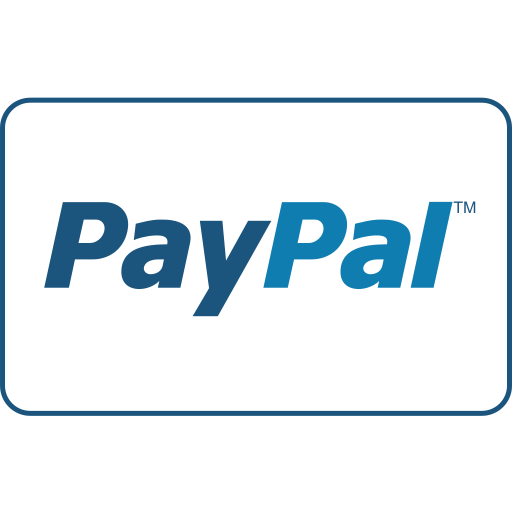

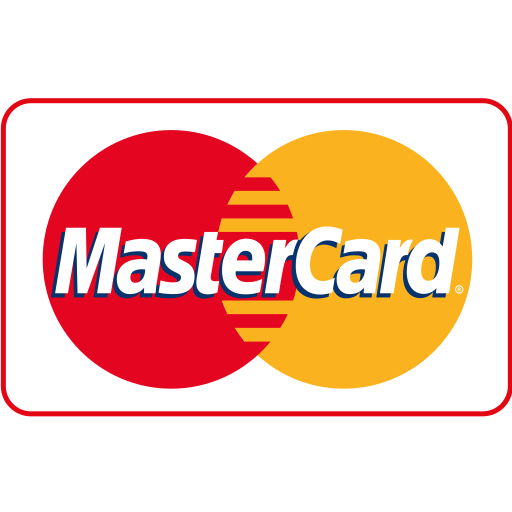
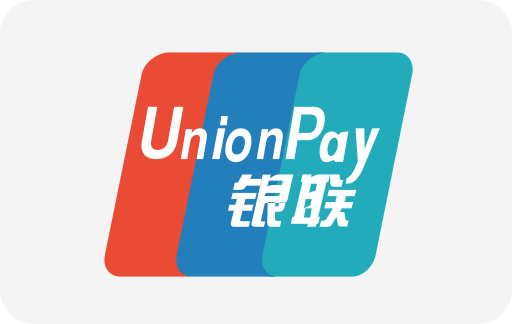
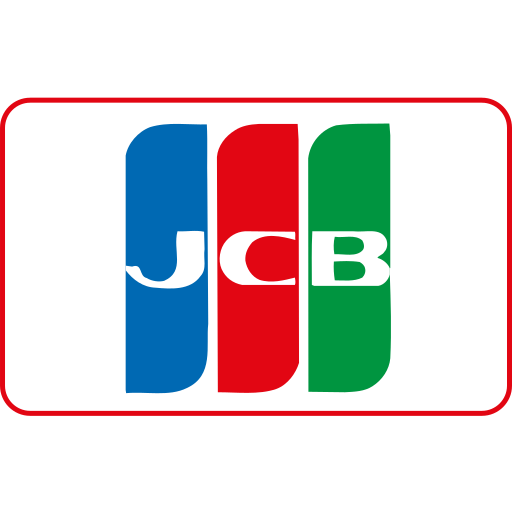
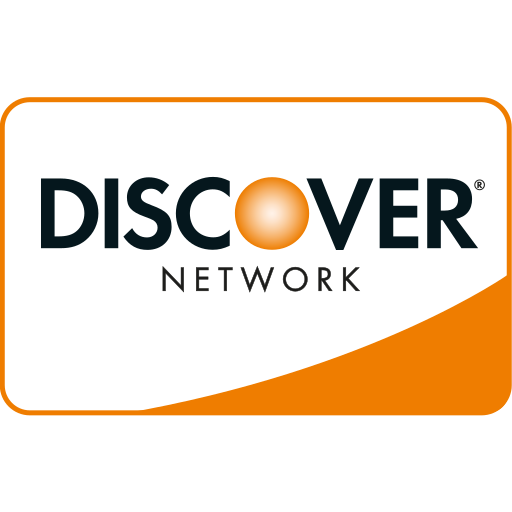
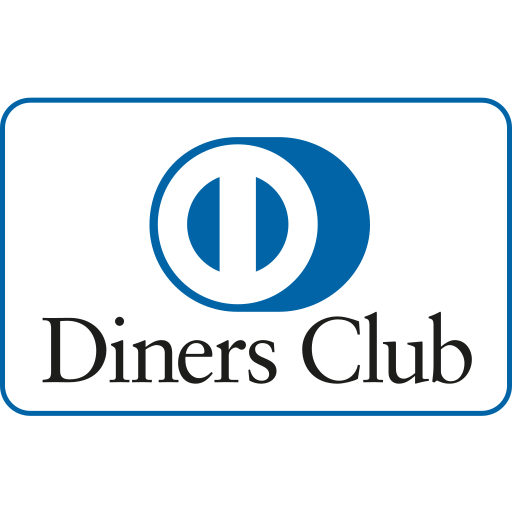


Maple Ranking offers the highest quality website traffic services in Canada. We provide a variety of traffic services for our clients, including website traffic, desktop traffic, mobile traffic, Google traffic, search traffic, eCommerce traffic, YouTube traffic, and TikTok traffic. Our website boasts a 100% customer satisfaction rate, so you can confidently purchase large amounts of SEO traffic online. For just 720 PHP per month, you can immediately increase website traffic, improve SEO performance, and boost sales!
Having trouble choosing a traffic package? Contact us, and our staff will assist you.
Free consultation